5 Surprising Thai Galangal Hacks Every Spice Lover Should Know
Table of Contents
- Why Thai Galangal Deserves a Spot in Your Spice Rack
- Hack #1: Use Fresh Galangal Like Garlic
- Hack #2: Freeze It for Long-Term Flavor Storage
- Hack #3: Substitute Smartly When You're Out
- Hack #4: Infuse Oils and Broths for Extra Punch
- Hack #5: Pair It with Coconut & Chili for Magic Flavor
- Deep Dive: Thai Galangal’s Role in Global Spice Traditions
- Conclusion: Embrace the Zing!
Why Thai Galangal Deserves a Spot in Your Spice Rack
If you’ve ever tried Tom Kha Gai or green curry and thought, “Wow, what’s that sharp, piney, citrusy kick?” — you’re probably tasting Thai galangal. Not to be confused with ginger (though they look similar), galangal is a staple in Southeast Asian cuisine and a flavor powerhouse worth knowing.
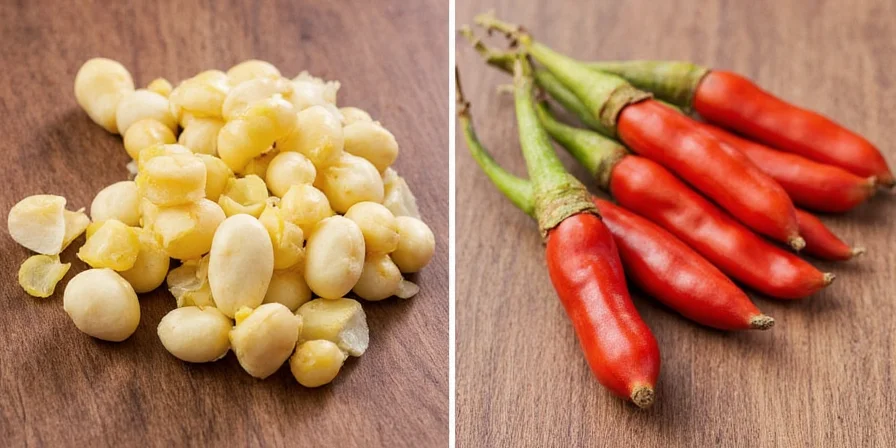
Hack #1: Use Fresh Galangal Like Garlic
You wouldn’t cook garlic powder into a stir-fry expecting bold flavor — same goes for galangal. Freshness matters! Here's how to use it like a pro:
- Slice thinly for soups or broths
- Mince finely for curry pastes
- Pounded into a paste for marinades
Pro tip: Unlike ginger, galangal doesn’t go soft when cooked — it holds its bite. That’s a good thing if you want texture and taste in your dish.
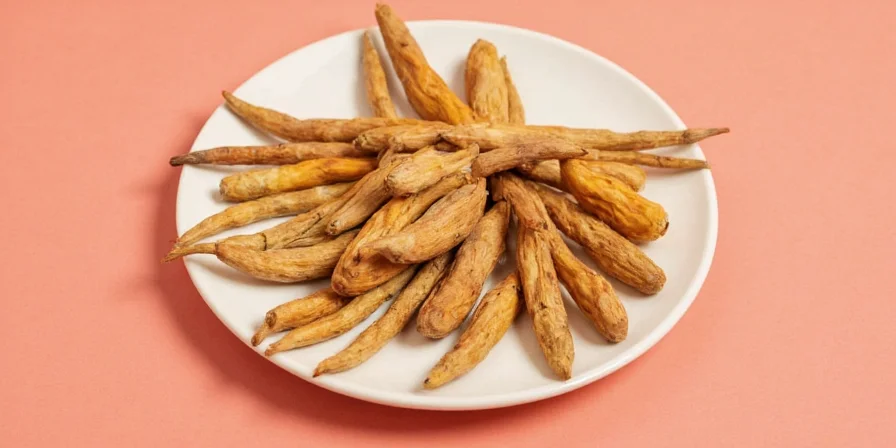
Hack #2: Freeze It for Long-Term Flavor Storage
You don’t need to rush through that whole rhizome. Wrap it up and throw it in the freezer — no prep needed!
| Storage Method | Shelf Life | Flavor Retention |
|---|---|---|
| Fridge (whole) | 2–3 weeks | High |
| Fridge (cut) | 7–10 days | Moderate |
| Freezer | 6 months+ | Very High |
No more waste, and you’ll always have a zesty backup for those impromptu curry nights.
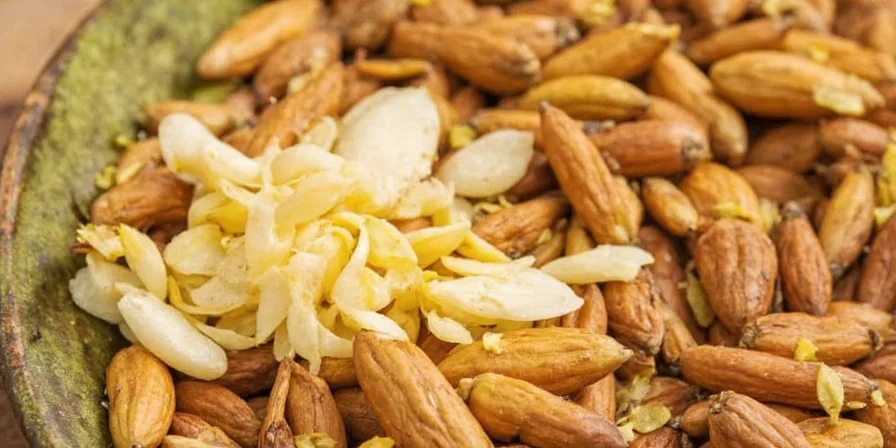
Hack #3: Substitute Smartly When You're Out
Ran out of galangal before your next Thai feast? No worries. Try these substitutes:
- Ginger: Adds warmth but lacks galangal’s peppery punch.
- Kaffir Lime Peel: For aroma only — use sparingly.
- Pre-made Curry Paste: Especially red or green — often contains galangal already!
Keep in mind: None replicate galangal exactly, so treat them as flavor hints, not full replacements.
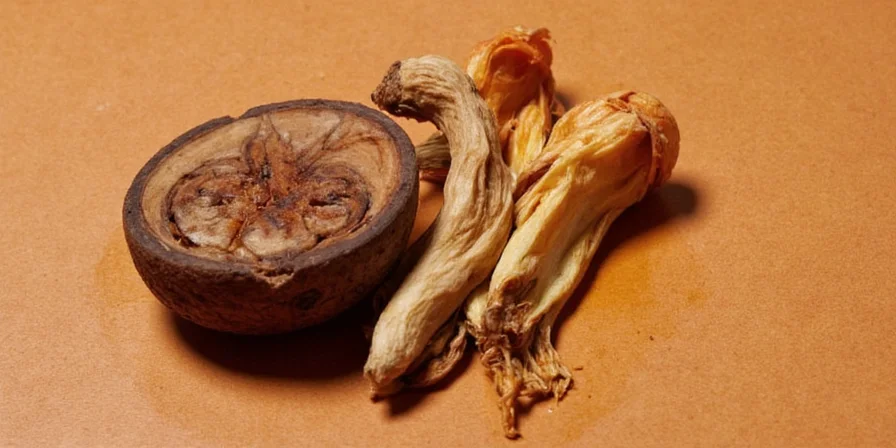
Hack #4: Infuse Oils and Broths for Extra Punch
Want to unlock even more flavor? Infuse oils or broths with galangal first:
- Cut galangal into thin slices
- Heat oil gently until fragrant (don’t burn!)
- Let cool and strain — now you’ve got galangal-infused oil
This oil can be used in dressings, marinades, or drizzled over finished dishes for a Thai-inspired finish.
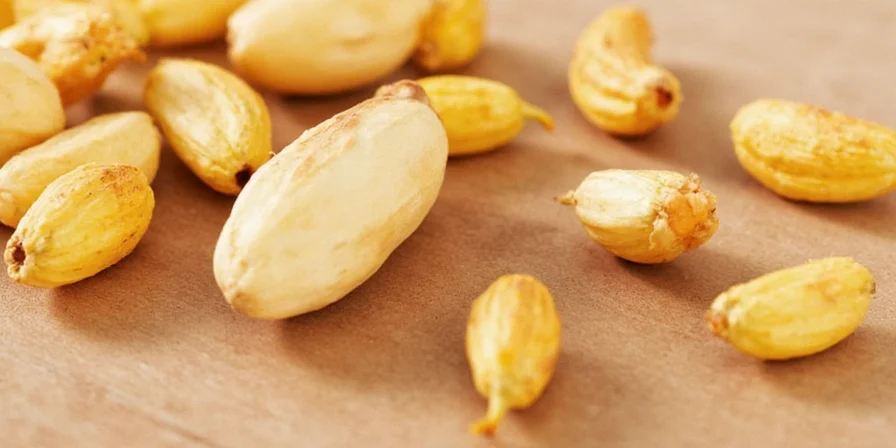
Hack #5: Pair It with Coconut & Chili for Magic Flavor
Thai food loves this flavor trifecta: galangal + coconut milk + chili. Together, they create layers of complexity:
- Galangal: Brings herbal, peppery heat
- Coconut: Balances with creamy richness
- Chili: Adds fiery spice that complements the earthiness
Try it in a homemade Tom Kha Gai soup or red curry base — you’ll wonder why you ever settled for takeout.
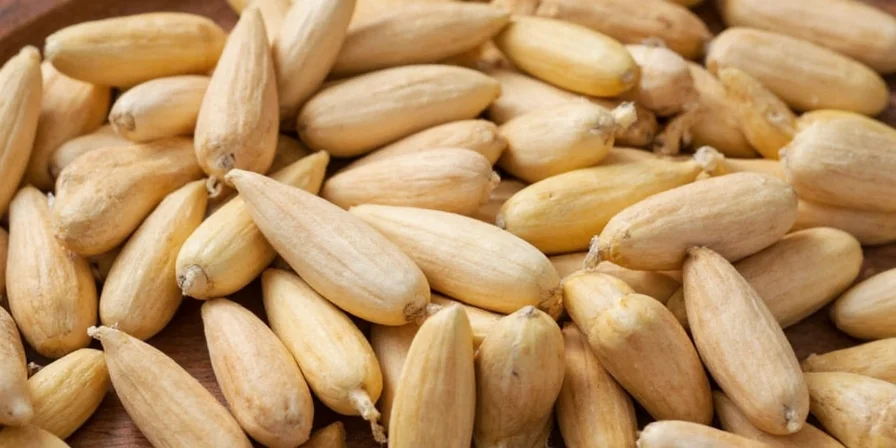
Deep Dive: Thai Galangal’s Role in Global Spice Traditions
Beyond the kitchen, galangal has a storied place in both culinary and medicinal history. Known in Thai as “kha”, it’s part of the broader Zingiberaceae family like ginger but has a distinct profile due to compounds like terpinyl acetate and 1'-acetoxychavicol acetate.
Where Else Does Galangal Shine?
| Region | Dish | Use of Galangal |
|---|---|---|
| Thailand | Tom Yum Soup | Essential for sour-spicy broth depth |
| Indonesia | Karee (curries) | Part of basic bumbu spice paste |
| Malaysia | Laksa | Adds aromatic zest to curry laksa |
| India | Traditional Medicine | Used for digestive and anti-inflammatory properties |
From ancient Ayurvedic texts to modern street carts, galangal bridges cultures and cuisines with ease.
Conclusion: Embrace the Zing!
Thai galangal isn’t just another root hiding in the back of your pantry — it’s a game-changer. Whether you're freezing it for later, infusing oil, or pairing it with coconut milk, this spicy, earthy gem deserves your attention.
So next time you reach for ginger, think twice. Maybe it’s time to give Thai galangal a whirl. Who knows — you might just discover your new secret weapon in the kitchen.
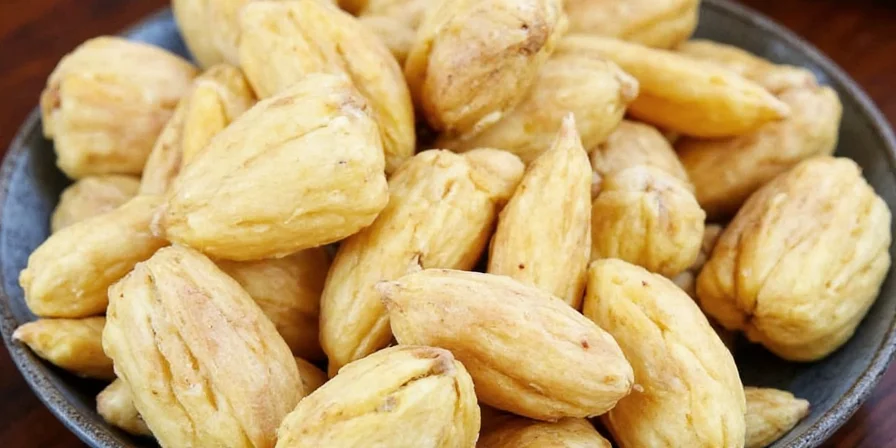

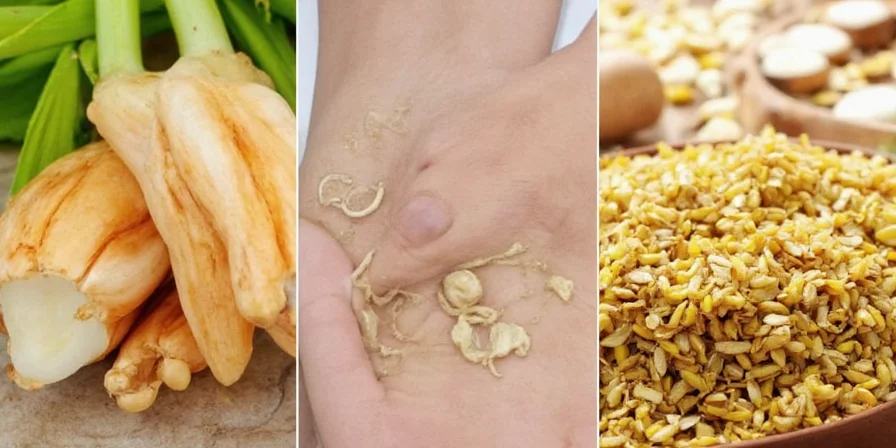









 浙公网安备
33010002000092号
浙公网安备
33010002000092号 浙B2-20120091-4
浙B2-20120091-4